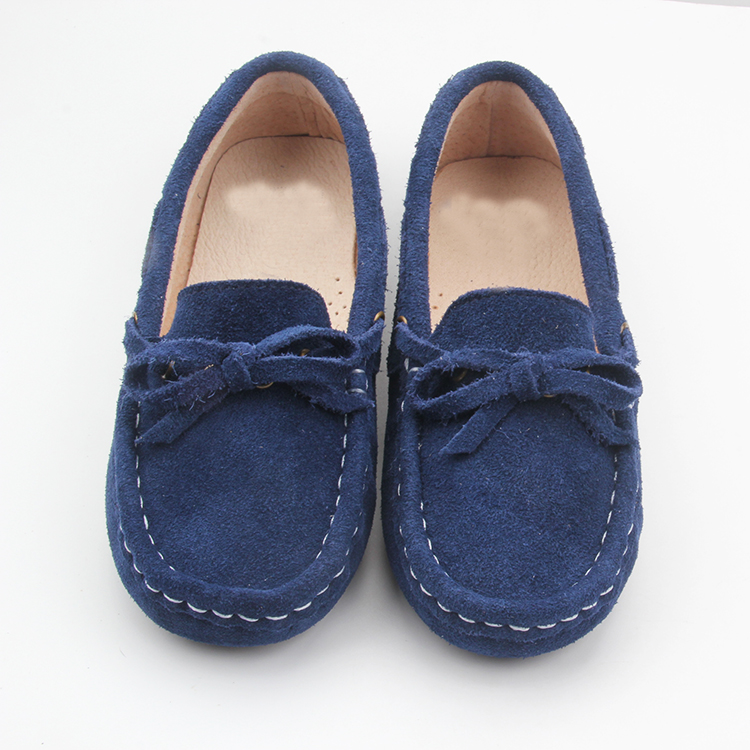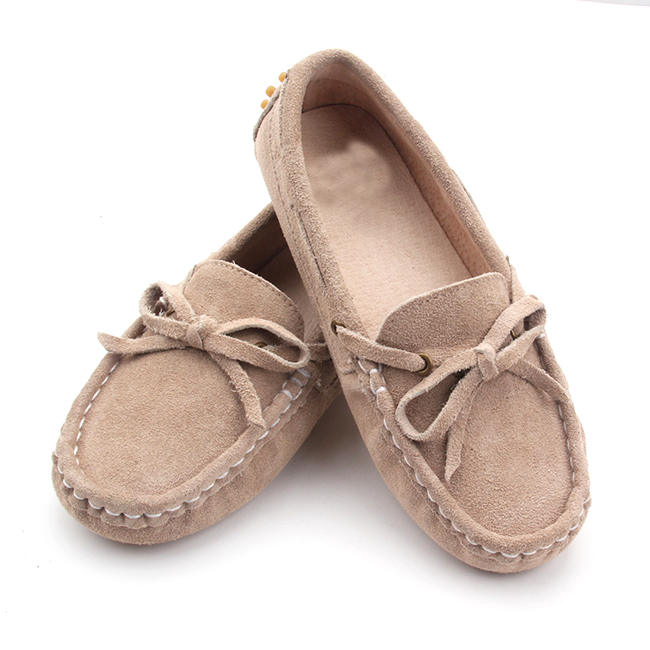According to Voice of China’s “Yangguang News†report, smashing, baking, grinding, oiling, and soaking in caustic soda... After 20 procedures, the new furniture will be worn and the price will double. In recent years, mahogany furniture has been increasingly welcomed by consumers due to its market potential for hedging appreciation. This is especially true for mahogany furniture, which is made of rare wood such as lobular rosewood. Under the enthusiasm of the market, prices are skyrocketing. . Some unscrupulous businessmen, driven by immense economic interest, are trying their best to deceive consumers with new furniture as old as repairing old ones and seek for huge profits. 2.6 million white and white drift Recently, such a thing happened in Ningbo, Zhejiang. Some people spent 4.5 million yuan to buy 13 pieces of Ming and Qing furniture, of which 11 were new imitation, the experts valued not more than 1.9 million yuan, 2.6 million yuan indiscriminate spread. In a furniture factory in the town of Cixi, Ningbo, where only “foreign furniture is tradedâ€, the reporter saw all the links in the old industry. First, the new furniture was damaged, disassembled, and then beaten to make breaks or gaps where needed. Then the materials were subjected to high temperature baking to deform, crack, and cold water was severely shrunk. The second step was to bake with a blowtorch to charring some of the locations. Carbonized colors need to be colored and polished with shoe polish. When the furniture is used for a long time, the surface will generate a layer of warm light, the jargon is called "padding." In order to make the new furniture “paddingâ€, artificially used to make the old is generally used to make “paddingâ€. There are also parts of the furniture that touch the ground. Put the chair feet in the sand and wear them again. Soak for a week in white vinegar. The legs of the furniture will be long and white. The fifth step is the soda – turning the quicklime into a creamy finish on the furniture surface. After watering, the quick lime will generate heat and corrode the vicissitudes of the furniture surface. If you want to make the sense of history more obvious, you can also use **** brush; followed by hair dye and other substances for the second color, hydrogen peroxide rinse, and secondary polishing. At this point, the old furniture has been used for about 25 days, no matter which aspects are already quite antique. The last step is "beauty": place the old furniture in a damp place such as a bird cage or a pigeon cage. A week later, bird droppings and spider webs were all present, which would create the illusion that the furniture had been used for a long time. This kind of rights protection is very difficult He Shanda, deputy director of the Provincial Collection Association, told reporters, "This kind of rights protection is very difficult and the success rate is very low." The first seller is an individual rather than a company, and there is almost no restriction on market integrity; the second party has no agreement, and consumers cannot prove that the seller is selling in the name of “old furnitureâ€; the third collection generally refers to this situation as “ "Drilling", old mahogany furniture is just like an antique. It is eye-catching when buying and selling. In Dongyang, Zhejiang Province, which has the reputation of “wood carving capitalâ€, the local government has introduced many effective methods to regulate the mahogany furniture market. First, it is a matter of regulation. The quality supervision department of the local quality supervision department has set up a quality supervision department for mahogany furniture. This department took over one thousand pages of mahogany furniture production standards in one year and sent it to all the mahogany furniture manufacturers and operators. The second is Centralized management. The establishment of mahogany furniture market, each market is assigned a quality inspector on each floor; third is to ask experts, the entire East China region, Shanghai Redwood Identification Association is the most authoritative, inviting experts to market sitting identification, in a prominent position in the market The address and telephone number of the identification agency in the entire East China region are the ones the customer wants to find. The fourth is the integrity of the science tree. The government teamed up with the Wood Department of Nanjing Forestry University to set up an accreditation body in the market to identify and produce identification certificates for the consumers on the spot.
Boat shoe
Boat shoes are worn by both women and men.
Boat shoes (also known as deck shoes) are typically canvas or leather with non-marking rubber soles designed for use on a boat. A siping pattern is cut into the soles to provide grip on a wet deck; the leather construction, along with the application of oil, is designed to repel water; and the stitching is highly durable. Boat shoes are traditionally worn without socks.
History
Modern boat shoes were invented in 1935 by American Paul A. Sperry of New Haven, Connecticut after noticing his dog's ability to run easily over ice without slipping. Using a knife, he cut siping into his shoes' soles, inspiring a shoe perfect for boating and a company called Sperry Top-Sider. Sperry Top-Siders are still a popular brand of boat shoe today, among many others, including Sebago and Timberland.
Boat shoes are used by sailors, as the name suggests; however, since the 1970s they have become casual footwear in coastal areas of the United States, Canada, Argentina, Australia, China, France, Italy, Portugal, Spain, and the United Kingdom. Some boat shoes today have traditional white, non-marking soles, though many others today have dark non-marking soles. They usually have a moc-toe (like a moccasin) construction.
In the 1980s through to the early 1990s, and returning in the late 2000s, boat shoes were worn with everyday and dressy wear alike by both boys and girls and men and women. Besides being worn by themselves, many children and adults wear them with socks, especially low-cut, ankle socks and crew in white and many other bright neon and pastel colors. Many schools with uniform requirements allow boat shoes as acceptable uniform shoes.
References
hidevte
Footwear
Men's
dress shoes
Blucher Brogues Brothel creepers Court shoes Derby Monks Oxfords Slip-ons (Loafers) Spectator shoes (Co-respondent shoes) Venetian-style shoes Winklepickers Wholecuts
Women's
dress shoes
Ballet flats Court shoes High-heeled footwear Mary Janes Mojari Mules Peep-toe shoes Saddle shoes Slingbacks Slip-ons (Loafers) Venetian-style shoes Winklepickers
Other shoes
Driving moccasins Flip-flops Galoshes Platform shoes Sandals Self-tying shoes Slides Slippers Veldskoens
Wooden footwear
Bakya British clogs Cantabrian albarcas Clogs Getas Klompen Namaksin Padukas Pattens Sabot Träskor
Military footwear
Ammunition boots Bunny boots Combat boots Jackboots Jump boots Jungle boots Tanker boots Trench boots
Sport-related
footwear
Athletic shoes Ballet shoes Boat shoes Climbing shoes Cross country running shoes Cycling shoes Football boots Ghillies Hiking boots Ice skates Inline skates Jika-tabi Kung fu shoe Minimalist shoes Motorcycle boots Mountaineering boots Plimsolls Racing flats Riding boots Roller shoes Roller skates Safari boots Skate shoes Ski boots Sneakers Swimfins Water shoes Wrestling shoes
Fashion boots
Chelsea boots (Beatle boots) Chukka boots Go-go boots Knee-high boots Over-the-knee boots Platform boots Thigh-high boots Ugg boots
Work boots
Australian work boots Cowboy boots Engineer boots Hip boots Rigger boots Steel-toe boots Waders
Other boots
Jodhpur boots Wellington boots
Traditional
footwear
Abacas Abarkas Alpargatas Avarcas Balghas Bast shoes Clogs Espadrilles Galesh Giveh Haferlschuh Hnyat-phanats Huarache (shoe) Hwas Jorabs Moccasins Mojaris Mukluks Opanaks Peshawari chappals Snowshoes Valenkis Warajis Kolhapuri chappals
Historical footwear
Areni-1 shoes Buskins Caligae Chopines Crakow (Poulaine) Hessians Pampooties Pirate boots Sabatons
Shoe construction
Bespoke shoes Blake construction Goodyear welt
Socks
Anklets Bobby socks Dress socks Footwraps Knee highs Toe socks Tabi
List-Class article List of shoe styles
Stub icon This shoe-related article is a stub. You can help Wikipedia by expanding it.
Kids Boat Shoes,Children Boat Shoes,Casual Leather Shoes,Baby Loafers Shenzhen Baby Happy Industrial Co.,LTD , http://www.babyshoes.cc




Mahogany furniture doubles old price and reveals 20 procedures